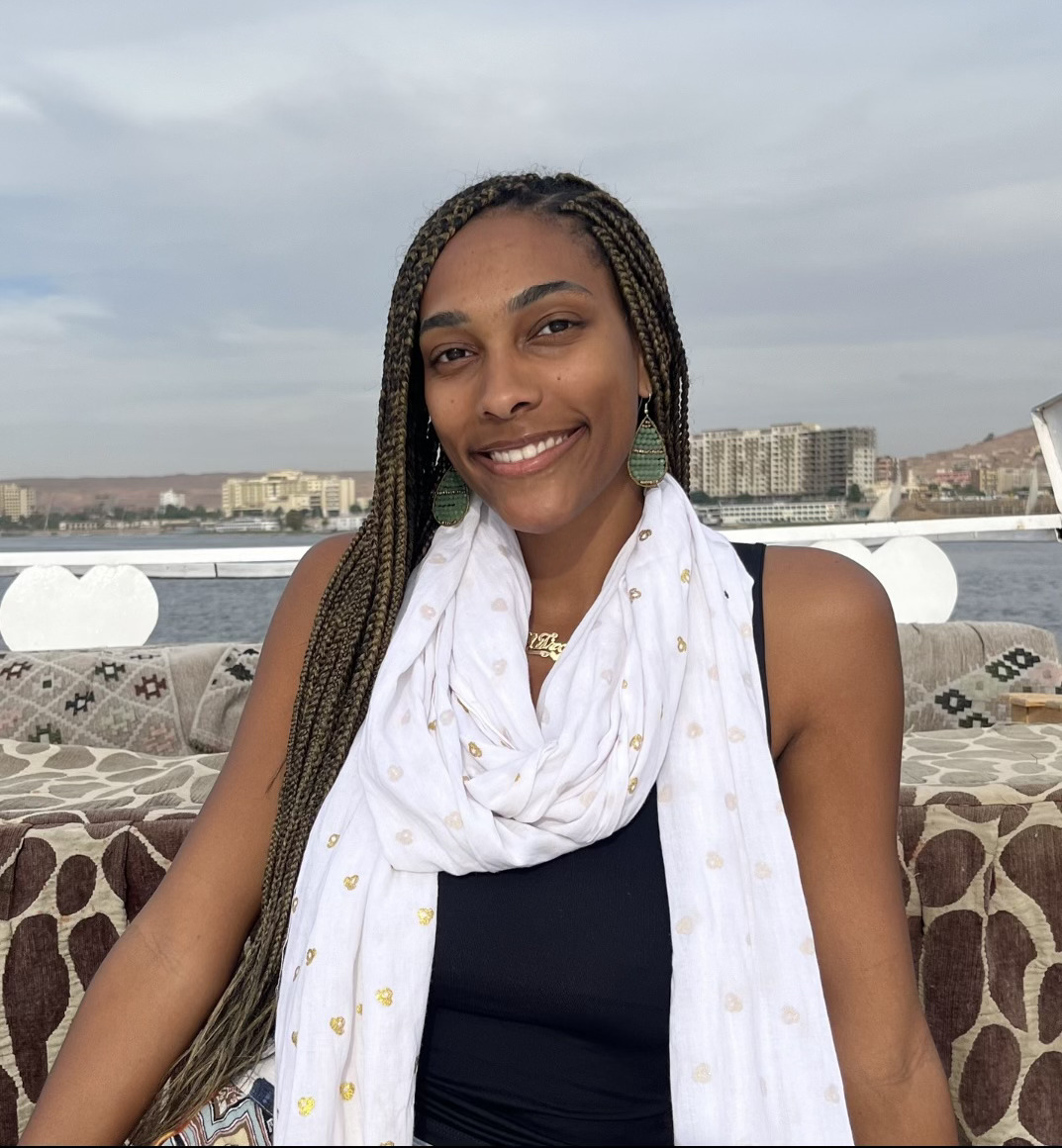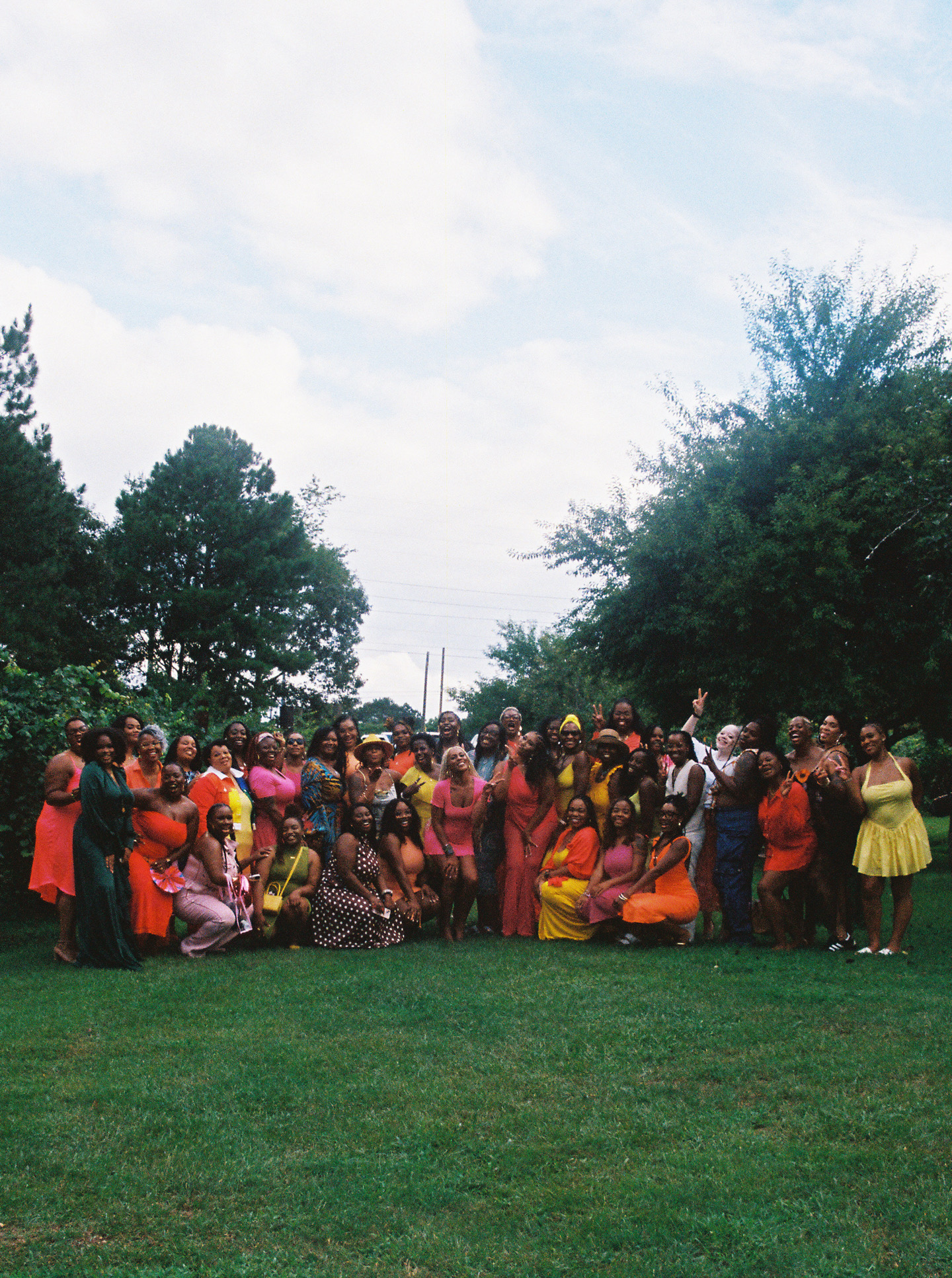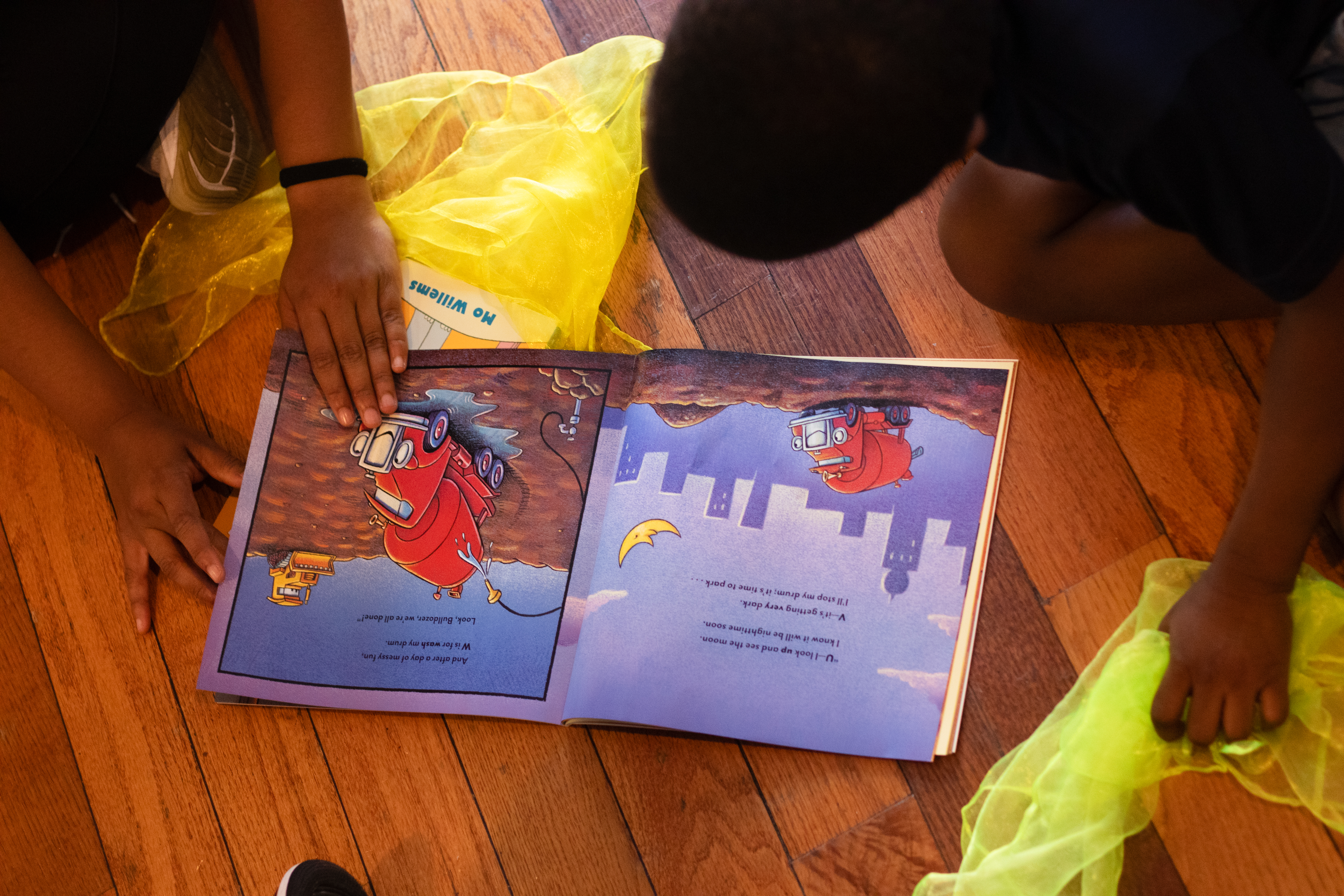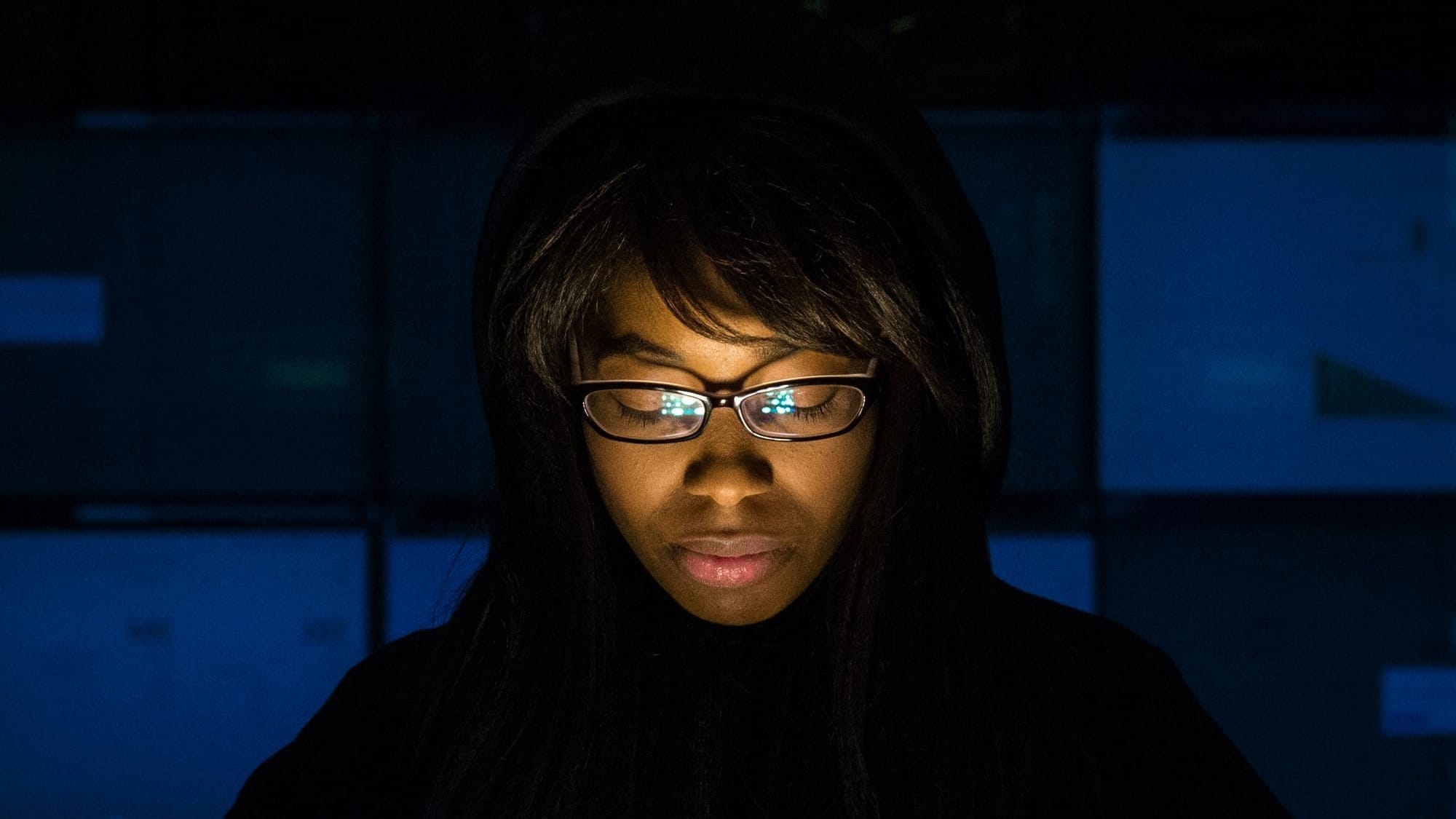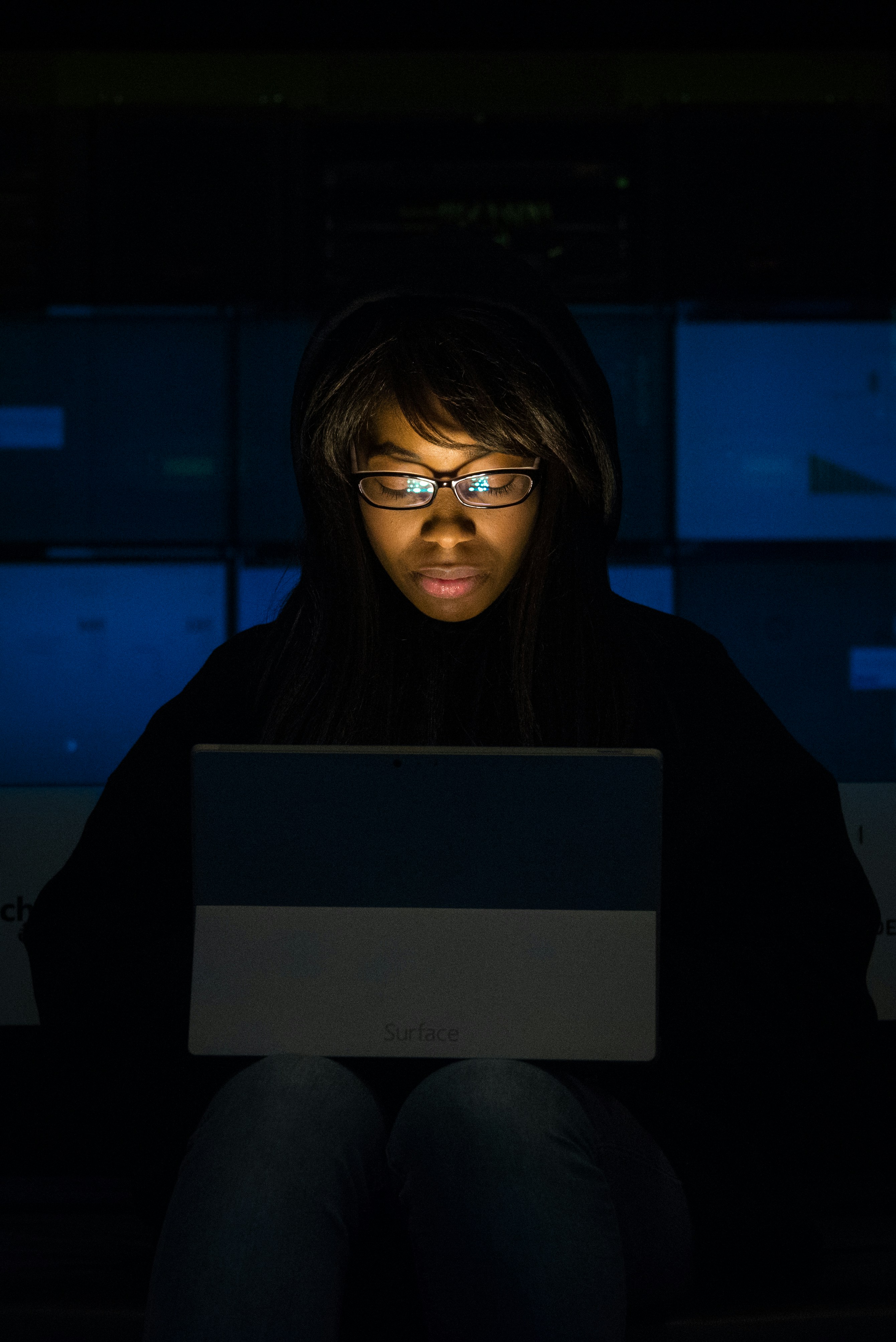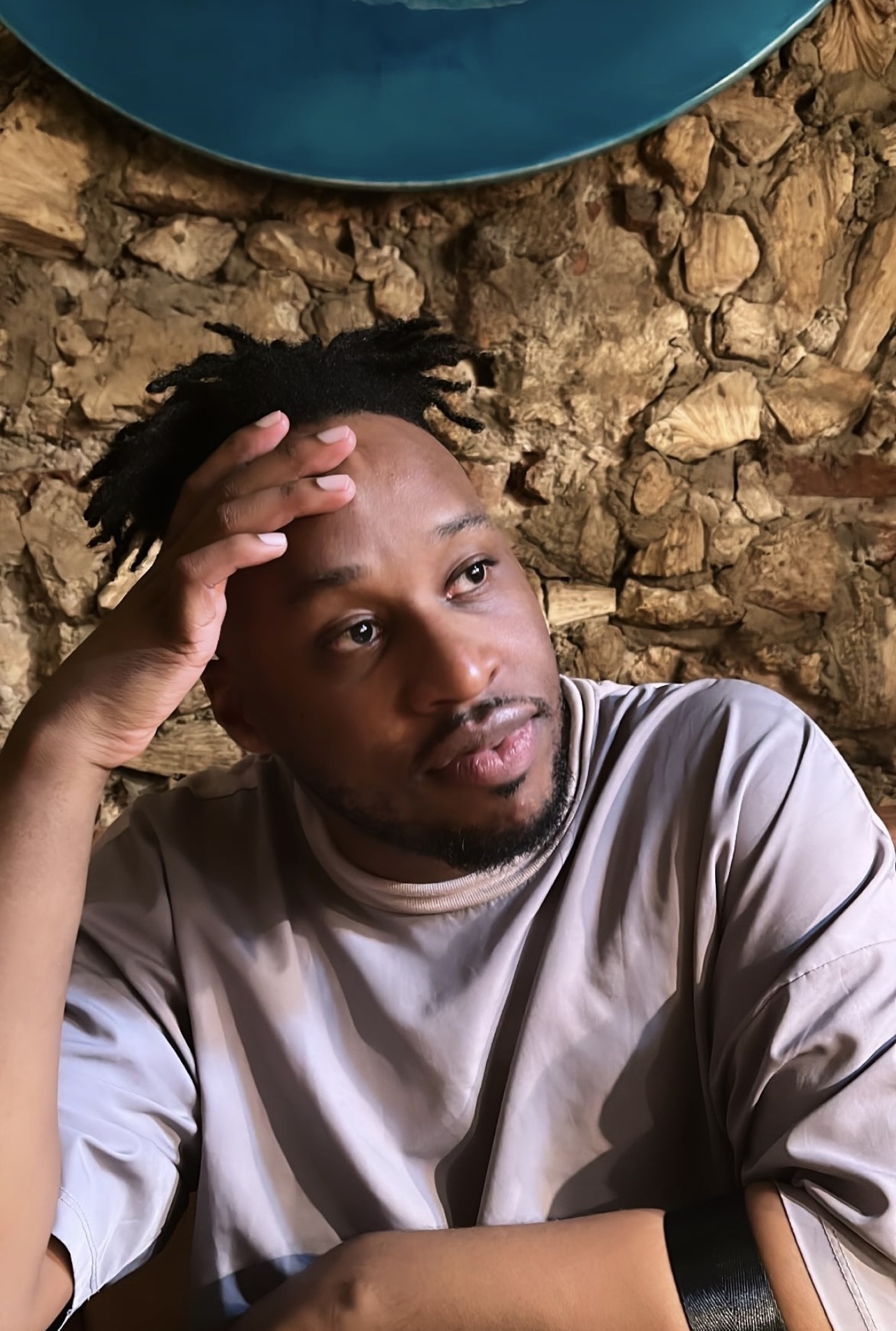Teaching for Liberation: Black Educators, Activism, and the Civil War’s Role in Expanding Education
The debate is finally settled: Cheyney University was the first historically Black college and university (HBCU) to open its doors in 1837, so Lincoln University can relax.
The debate is finally settled: Cheyney University was the first historically Black college and university (HBCU) to open its doors in 1837, so Lincoln University can relax. But Cheyney didn’t start as such. It began as the African Institute, became the Institute for Coloured Youth, and eventually developed the name Cheyney University after the campus moved to Cheyney, Pennsylvania, in 1902.
The Institute for Coloured Youth was one of the first schools to embody the idea that Black students deserved access to opportunities for higher education. Cheyney, now located 25 miles outside of Philadelphia, stands as a shining example of the resilience of Black Americans and abolitionists who believed in educational access for all.
In 1840, Philadelphia closed its only “Negro grammar school” (equivalent to grades four to eight), just 17 years after the city opened its first school for Black children. According to Delay and Neglect: Negro Public Education in Antebellum Philadelphia, 1800–1860, this left only a primary school supporting children in grades one through three as the sole option for Black students. The Black community in Philadelphia quickly rallied and began to fight back against this injustice that threatened to leave generations of Black children behind in the realm of educational advancement.
By July 1840, the Pennsylvania Abolition Society met with Black community leaders to discuss how they could save the school. Together, they emphasized the importance of education and worked to increase student attendance. Their efforts were successful in saving the grammar school, but the union, while powerful, was no match for the widespread racism and indifference of many white Philadelphians toward the idea of educational advancement for Black children.
By 1852, Black Philadelphians realized they would need to turn inward and build their own institutions, relying solely on the strength of their community. With support from Quaker allies, the Institute for Colored Youth was moved to Seventh and Lombard Streets, where it became a training ground for Black teachers committed to serving their communities.
During the 1850s, only seven Black schoolteachers graduated from the Institute, and even then, public schools across the city refused to hire them. This lack of opportunity helped solidify the belief that segregation was the only route for Black children to receive any form of education, creating a racial gap in Philadelphia’s public school system that is still felt today.
Fanny Jackson Coppin, a formerly enslaved woman freed by her aunt, became the first African American woman to serve as principal of a prestigious educational institution: the Institute for Colored Youth. Through her diligence, intellect, and faith, she transformed the school into a premier teacher training academy. Within a few years, teacher enrollment surpassed that of students pursuing other academic paths. Coppin believed deeply in the need for quality Black educators—and in the power of vocational training as a tool to fight discrimination and racism in the United States.
Cheyney University’s eventual evolution into a four-year institution marked a major turning point. It introduced the reality of segregation in higher education because there was no way white Americans were going to be comfortable with tax dollars funding Black students’ education. Even in the so-called “free North,” this discomfort revealed how deeply ingrained racism remained.
To say the North was free is to ignore the hundreds—if not thousands—of ways microaggressions and structural racism manifested then and continue to manifest now. Most HBCUs were founded between 1867 and 1900, after the Civil War ended. The first two—Cheyney and Lincoln—were both founded in or near Philadelphia, highlighting just how pivotal this city was in the national fight for equal access to education.
Philadelphia’s journey toward educational equity proves that for every barrier created to keep Black people from learning, there was always someone pushing back. Whether it was the Pennsylvania Abolition Society, members of the Black community, or educators like W.E.B. Du Bois and Fanny Jackson Coppin, the resistance to injustice never stopped. In truth, the founding of HBCUs stands as both a reflection of white America's failings and a testament to Black America's strength and perseverance.
In a perfect world, Black people would never have had to build separate institutions or uphold the very segregation they despised—but without doing so, they would have had nothing. Thank goodness for those who fought for the rights of people they would never meet.
